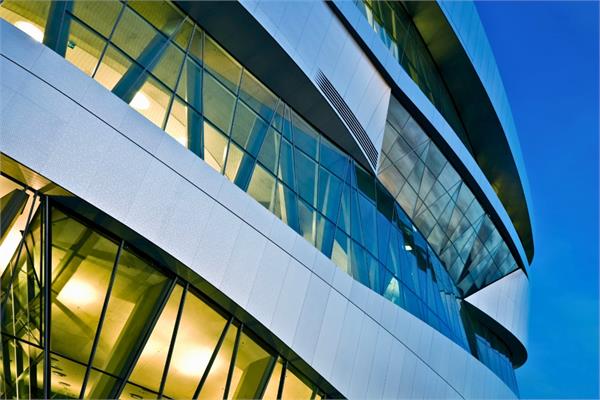
The superdurable low-bake powder coatings Interpon D2525 Low-E developed by AkzoNobel help to protect building surfaces in challenging environments.
The international paints and coatings manufacturer AkzoNobel
has recently launched the new Interpon D2525 Low-E powder range, that has been specifically designed to withstand the conditions experienced event in more extreme locations, such as those exposed to harsh weather.
Backed by an Environmental Product Declaration (EPD), the new low-energy powder coatings can improve longevity in standard environments by curing at temperatures as low as 150 °C, while still delivering good levels of quality and performance demanded by customers in the buildings and construction sector.
“This latest innovation reflects our commitment to listening to customers and providing them with a range that combines several benefits – such as longer durability and lower cure – but without compromising on aesthetics. It also supports the need for a collective responsibility towards a more sustainable future and highlights our commitment to sustainability throughout the value chain,” has stated Bob Dirks, Global Segment Manager for Architecture at AkzoNobel’s Powder Coatings business.
The Interpon D2525 Low-E range can be cured at a lower temperature, cutting energy consumption by as much as 20%. Alternatively, it can be cured up to 25% faster than conventional powders, allowing for more products to be coated in less time and improving the efficiency of the coating line. This new technology will help to support customers in reducing their carbon emissions across the value chain by 50% by 2030.
Interpon D2525 Low-E range is suited to any architectural or industrial metal surface, both exterior and interior, such as facades, windows, pergolas, fencing, railings, metal office equipment and doors.
Key features include:
- Excellent levels of durability to protect color integrity and performance;
- Energy and carbon savings or productivity increases.